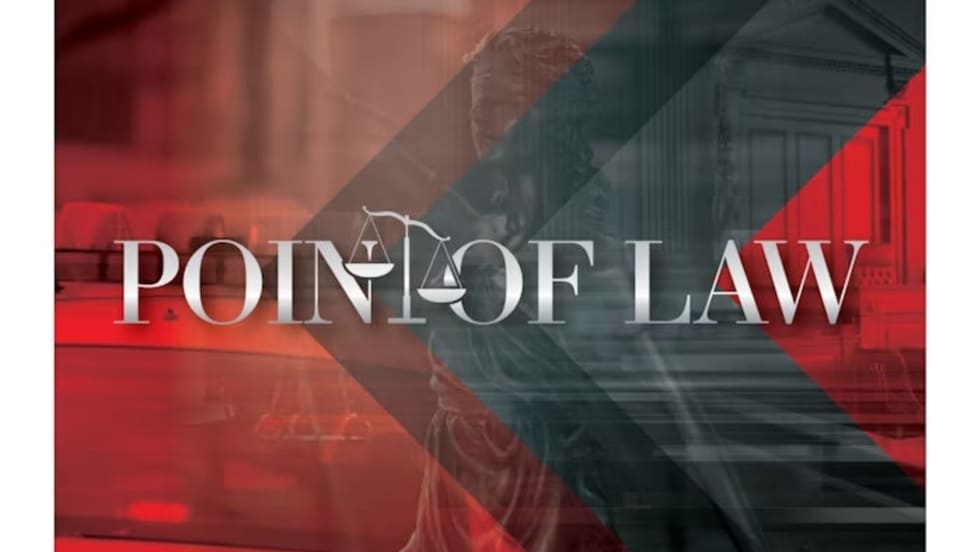The lawsuit arose from the 2015 death of Nicholas Gilbert, a homeless man who was arrested for trespassing and for failing to appear in court for a traffic ticket.
While in a holding cell, Gilbert attempted to hang himself. Three officers responded and entered Gilbert’s cell. One grabbed Gilbert’s wrist to handcuff him, but Gilbert evaded the officer and began to struggle. The three officers brought Gilbert, who was 5-feet, 3-inches tall and 160 pounds, down to a kneeling position over a concrete bench in the cell and handcuffed his arms behind his back. Gilbert reared back, kicking the officers and hitting his head on the bench.
After Gilbert kicked one of the officers in the groin, they called for more help and leg shackles. While Gilbert continued to struggle, two officers shackled his legs together.
Emergency medical services personnel were phoned for assistance. Several more officers responded. They relieved two of the original three officers, leaving six officers in the cell with Gilbert, who was now handcuffed and in leg irons.
The officers moved Gilbert to a prone position, face down on the floor. Three officers held Gilbert’s limbs down at the shoulders, biceps, and legs. At least one other placed pressure on Gilbert’s back and torso. Gilbert tried to raise his chest, saying, “‘It hurts. Stop.’” After 15 minutes of struggling in this position, Gilbert’s breathing became abnormal, and he stopped moving.







